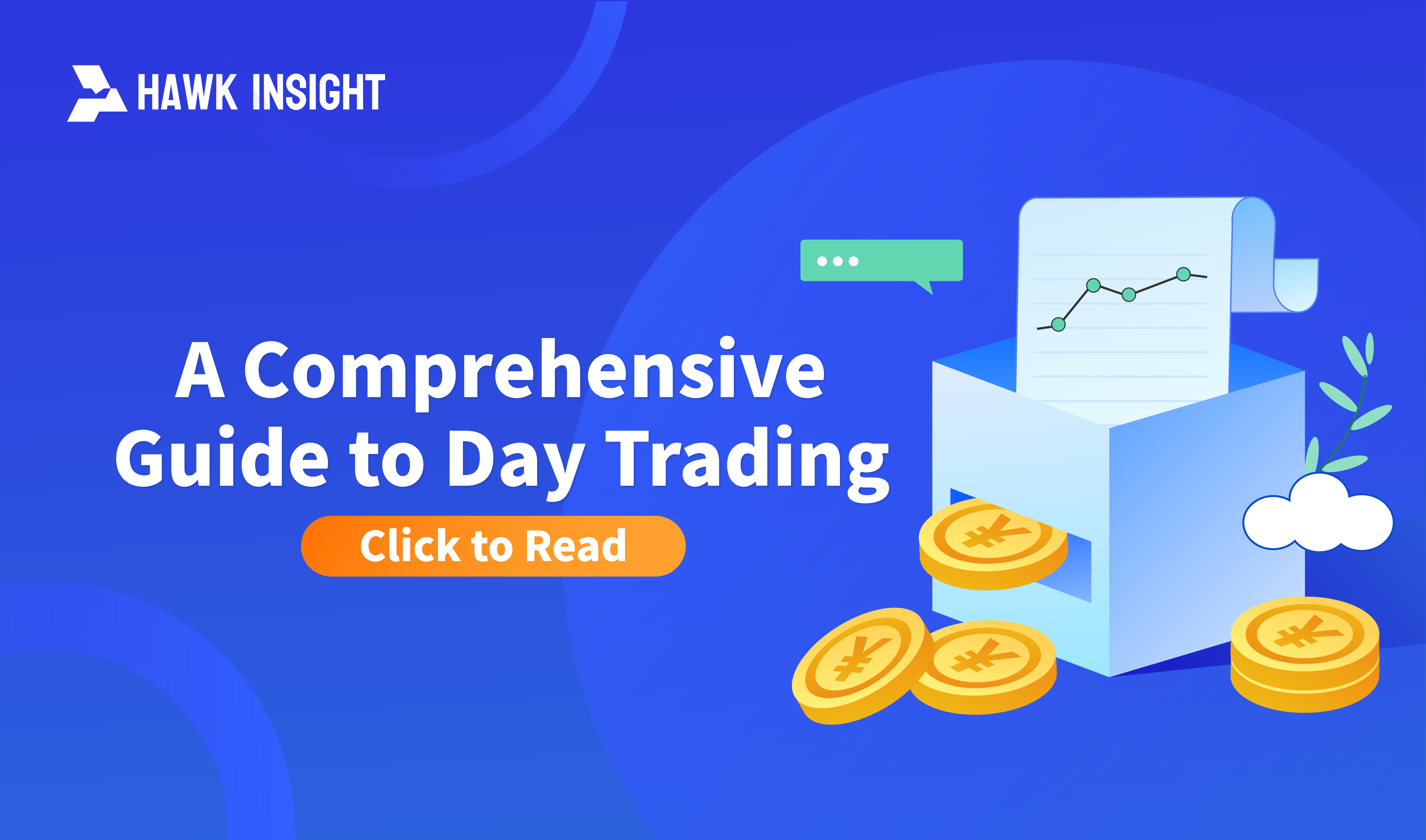A Comprehensive Guide to Day Trading
Learn what is day trading, how much money you need, the best markets to day trade, the best times to trade and the best strategies.

Day trading is a highly active trading style in the financial markets, characterized by buying and selling assets within the same trading day. This makes it a popular choice among traders.
This article will delve into all aspects of day trading, providing you with valuable insights to confidently take the next step.
What is Day Trading?
Day trading refers to buying and selling assets within the same trading day, distinguishing it from long-term investment positions. Day trading spans various markets, including the stock market, futures market, forex market, and cryptocurrency market. Traders can choose different time frames for their operations, such as:
- Scalping: This strategy focuses on executing trades within extremely short periods, typically a few minutes or seconds. Scalpers usually use 1-minute charts.
- Short-Term Trading: Generally involves time frames ranging from 5 minutes to 1 hour, with trades lasting from a few minutes to several hours.
Regardless of the time frame used, a common feature of day trading is that all positions must be closed before the market closes to avoid overnight risk.
How to Start as a Day Trader?
Starting as a day trader requires relatively simple hardware but relies heavily on knowledge and experience. You will need:
- Computer and Monitor: A high-performance computer and large monitors help in real-time market monitoring.
- Stable Internet Connection: Ensures smooth trading and timely data transmission.
- Trading Account: Open an account with a reputable broker.
- Trading Platform: Utilize advanced trading software for executing trades.
The most critical factor is mastering day trading skills and strategies. It is recommended to take professional trading courses and join trading communities to exchange knowledge and strategies with other traders. This can significantly enhance your trading abilities.
How Much Money Do You Need for Day Trading?
The capital required for day trading depends on the market and broker you choose. Here are the typical requirements for different markets:
Forex/CFD Brokers Costs
Forex and CFD brokers often accept low initial deposits. For instance, IC Markets allows deposits as low as $5. These brokers offer high leverage, typically ranging from 5x to 2000x, allowing you to trade large amounts with a small deposit. However, high leverage increases risk.
Futures Brokers Costs
Futures trading requires higher initial capital. Minimum deposits start around $500. Additional costs include trading platform fees, which can start at $1,000, and data fees, which vary depending on the number of data providers subscribed to. NinjaTrader is a well-known futures trading platform.
Stock Brokers Costs
Stock trading can be more expensive, especially if you need advanced platforms and data services. Minimum deposit requirements for day trading in the stock market are regulated by the SEC, with a minimum of $25,000 required to avoid trading restrictions. Accounts with lower deposits are subject to limits on the number of day trades allowed within a 5-day period.
Best Markets for Day Trading
Successful day trading depends on choosing the right market. Here’s a look at the characteristics of different markets:
- Forex Market: The most liquid market, making it suitable for day trading. Major currency pairs like EUR/USD and USD/JPY offer high liquidity.
- Stock Market: Offers good liquidity and volatility, especially with large-cap stocks such as Apple Inc. (AAPL) and Microsoft Corporation (MSFT).
- Futures Market: Includes popular contracts like the S&P 500 futures (ES) and crude oil futures (CL).
- Crypto Market: Highly volatile, suitable for traders with a high risk tolerance. Bitcoin (BTC) and Ethereum (ETH) are major trading targets.
Best Times to Day Trade
Choosing the right trading time is crucial. The best times are typically characterized by high volatility and liquidity:
- Market Open and Close: According to Jefferies Financial Group, the first 30 minutes after the U.S. market opens accounts for 5.5% of the daily trading volume, while the last 30 minutes account for 25%. High trading volume during these times translates into high liquidity and volatility, making them ideal for day trading.
- Economic News Releases: Major economic news releases can lead to significant market movements. Monitor key economic indicators like non-farm payrolls and GDP reports, as well as news about specific commodities like natural gas and oil, which can provide trading opportunities.
Day Trading Strategies
Effective day trading relies on well-defined strategies. Common day trading strategies include:
- Trend Trading: Focuses on following market trends. For instance, buying during an uptrend and selling during a downtrend. Tools include moving averages, ascending triangles, and Fibonacci retracement.
- Range Trading: Involves trading within support and resistance levels. Buy near support and sell near resistance.
- Breakout Trading: Involves trading when a price breaks through a significant support or resistance level, betting on the continuation of the move.
- Reversal Trading: Aims to identify points where trends are likely to reverse, such as the Head and Shoulders pattern.
Disclaimer: The views in this article are from the original Creator and do not represent the views or position of Hawk Insight. The content of the article is for reference, communication and learning only, and does not constitute investment advice. If it involves copyright issues, please contact us for deletion.